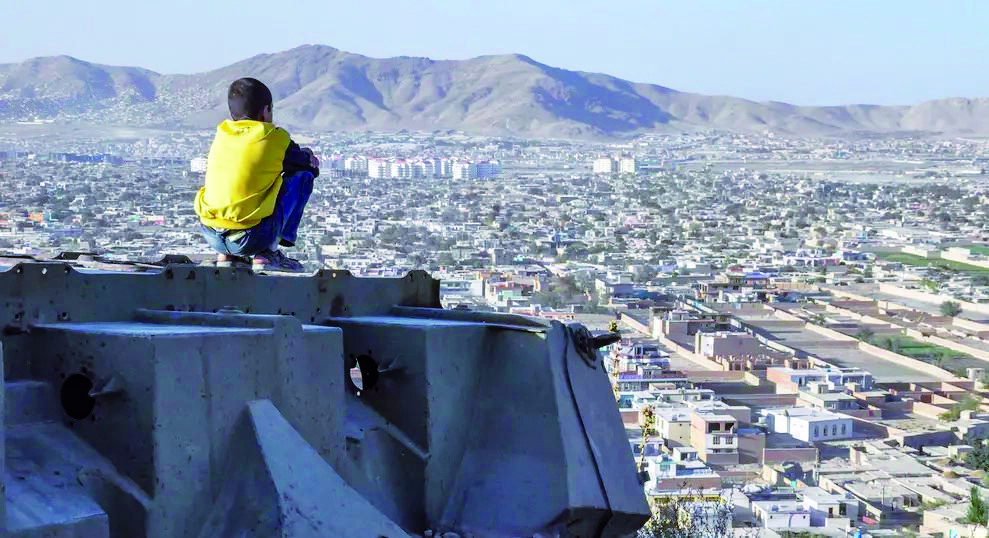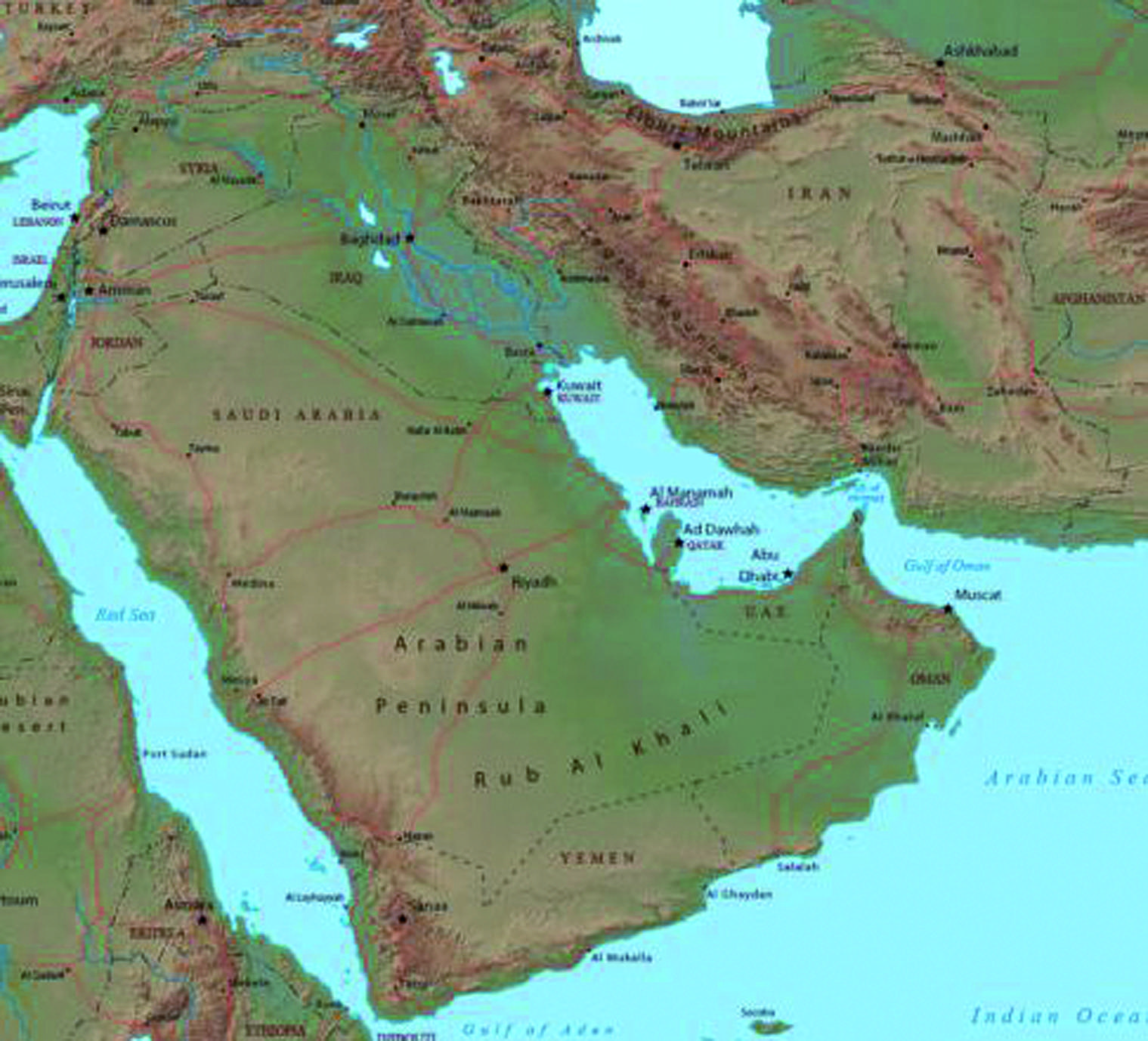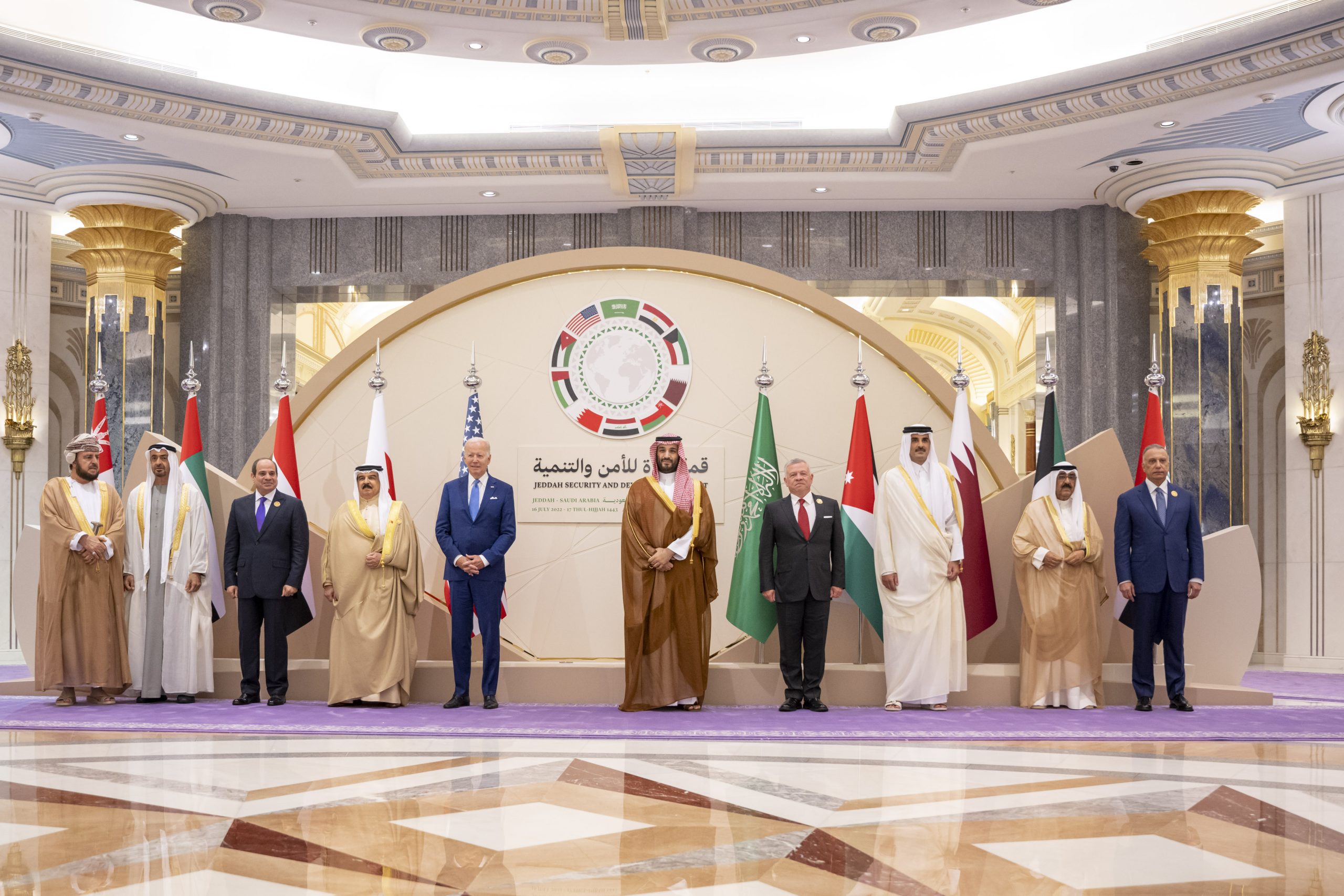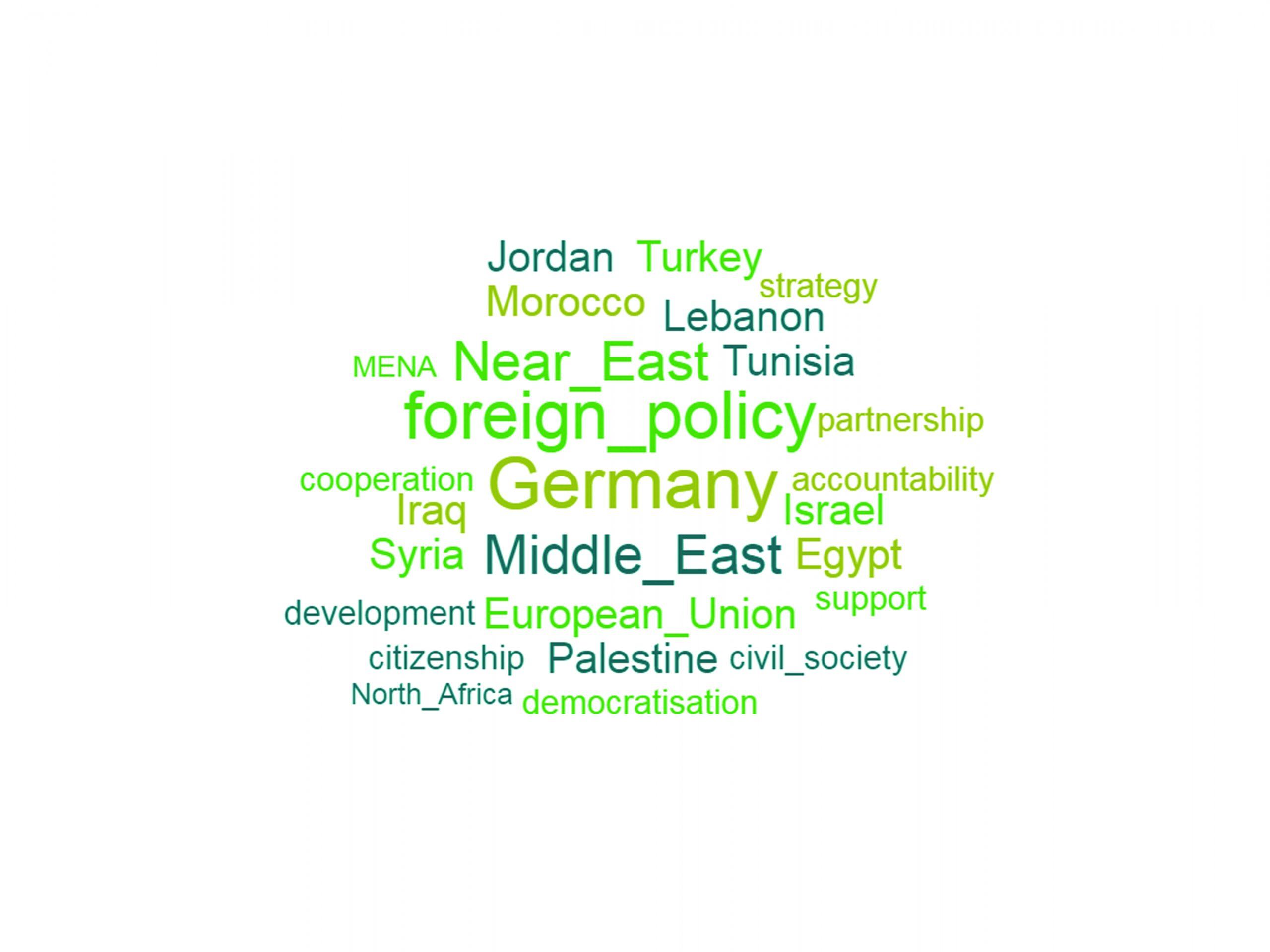ORIENT II 2014: Iran
Purchase the full Issue here:
26,00 € incl. VAT plus Shipping CostsSelect options This product has multiple variants. The options may be chosen on the product page
Access Issue with Subscription:
You require a subscription with archive access to read this issue online.
Editorial
Dear ORIENT readers,
After the election of Hassan Rouhani as new president of the Islamic Republic of Iran in June 2013, considerable changes in the relationship between Iran and the international community have occurred. Rouhani is seeking to overcome the political and economic isolation of the country in order to foster economic development in the face of socioeconomic obstacles such as high youth unemployment, decreasing oil production and the lack of foreign investments, caused by long-lasting sanctions. In this regard, Rouhani has undertaken several steps to encourage a sustainable rapprochement with the West, which was followed by the lifting of sanctions for a period of six months in several fields. Nonetheless, it remains to be seen whether these measures might be successful in solving the conflict on the Iranian nuclear programme and whether domestic circumstances regarding human rights abuses, the repression of confessional and ethnic minorities, and economic obstacles can be improved.
Therefore, this issue of ORIENT focuses on these new developments in Iran after the election of Hassan Rouhani and also takes historical and cultural perspectives into account. The first contribution, by Professor Dr. Roswitha Badry, evaluates the current situation of women’s rights activism in Iran with regards to various vocal and non-vocal means of protest and resistance aimed at generating both greater public awareness of gender discrimination and enhancing women’s rights. Dr. Nadia von Maltzahn sheds light on Iran’s important cultural relationship with its close ally Syria. Sasan Aghlani’s article contributes to the controversial discussion on Iran’s nuclear programme and argues that solving the conflict can only be made possible by taking the wider political context and the animosity between Iran and the US into account. Regarding the treatment of minorities in Iran, Dr. Wahied Wahdat-Hagh discusses the repression of the Baha’i, while Dr. Bianca Devos outlines Iran’s cultural policy under the two Pahlavi monarchs, Reza Shah (1925-1941) and his son Mohammad Reza Shah (1941- 1979), by describing the historical context, the ideological orientation of cultural policy, as well as its agents and contents. In contribution, Dr. Mostafa Dolatyar focuses on the new prospects for rapprochement between Iran and the West. Dr. Bernd Kaussler analyses the joinst Plan of Action and US-Iranian relationship.
Sincerely yours,
Dr. Gunter Mulack
Director of the German Orient-Institute





